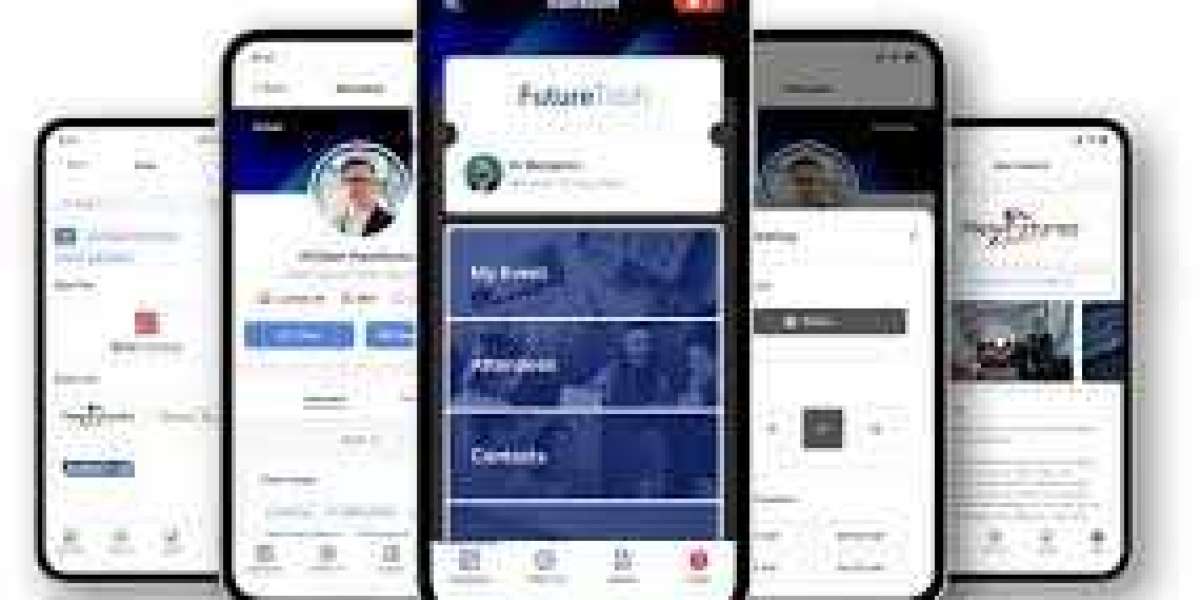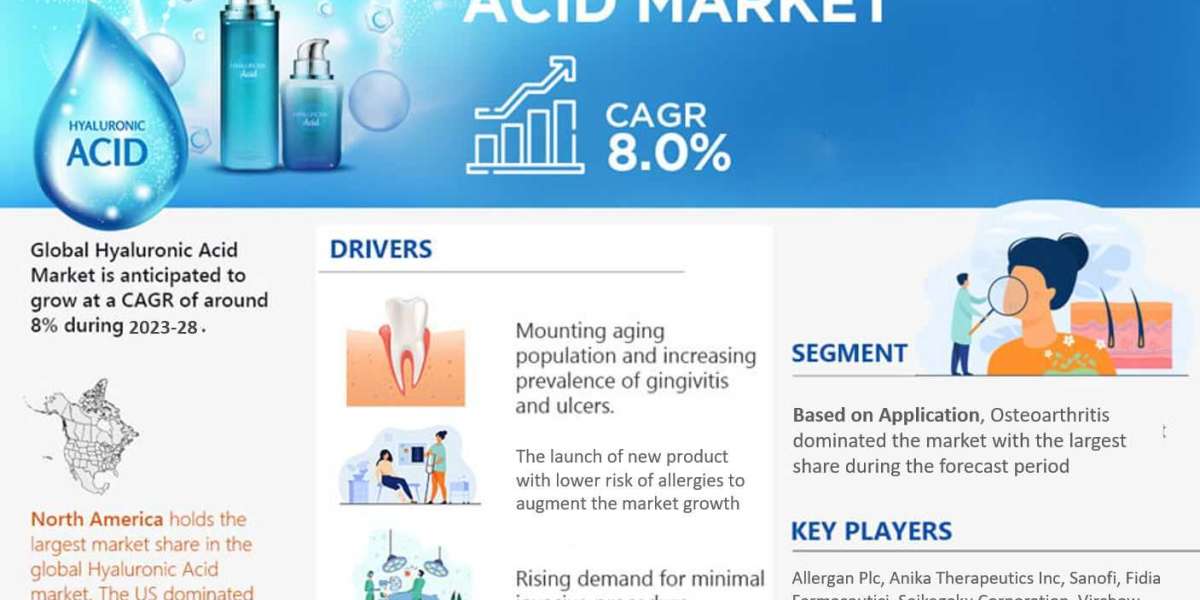In the age of digital connectivity, social media has emerged as a powerful tool for enhancing the networking experience before and after events. From creating anticipation and engagement before an event to sustaining connections and discussions afterward, leveraging social media effectively can significantly amplify the impact of professional gatherings. In this article, we will explore the strategies and benefits of using social media for pre and post-event networking, providing insights into how organizations can harness the full potential of a corporate event networking app to get the desired results.
Pre-Event Networking: Building Anticipation and Engagement
1. Creating Event-Specific Hashtags:
One of the most effective ways to generate pre-event buzz on social media is by creating a unique and memorable event hashtag. Encourage attendees, speakers, and sponsors to use this hashtag in their posts, creating a centralized and easily searchable stream of content related to the event. This not only builds anticipation but also facilitates online conversations.
2. Engaging Content Teasers:
Share engaging content teasers leading up to the event. This could include sneak peeks of keynote speakers, behind-the-scenes looks at event preparation, or short video clips highlighting what attendees can expect. Visual and compelling content creates excitement and encourages participants to share their own anticipation.
3. Networking Groups and Pages:
Create dedicated social media groups or pages for the event where participants can connect, share insights, and discuss relevant topics. These platforms serve as virtual networking spaces, allowing attendees to form connections before the event officially begins. Encourage engagement by posing thought-provoking questions and facilitating discussions.
4. Speaker and Attendee Introductions:
Introduce speakers and key attendees on social media platforms. Share their bios, achievements, and contributions to the industry. This not only recognizes their expertise but also encourages attendees to connect with these individuals during the event.
5. Promotional Contests and Giveaways:
Launch promotional contests or giveaways exclusively on social media. This could include free event passes, access to exclusive sessions, or branded merchandise. Contests not only create excitement but also broaden the event's reach as participants share and engage with the content.
6. Event Countdowns:
Implement countdowns on social media platforms to create a sense of urgency and excitement. Regularly post countdown updates, emphasizing key speakers, workshops, or activities. This builds anticipation and encourages attendees to plan their event schedules in advance.
During-Event Networking: Real-Time Engagement and Interaction
1. Live Updates and Highlights:
Share live updates and highlights from the event. Use social media to provide real-time coverage of key moments, quotes from speakers, and snapshots of the atmosphere. This not only keeps attendees informed but also engages those who couldn't physically attend.
2. Social Media Walls:
Set up social media walls at the event venue displaying posts, photos, and comments using the event hashtag. This interactive feature encourages participants to share their experiences and see what others are posting, fostering a sense of community and connection.
3. Live QA Sessions:
Facilitate live QA sessions with speakers through social media. Encourage attendees to submit questions using the event hashtag, and select a few to be answered in real-time. This creates direct interaction between participants and speakers, enhancing the overall event experience.
4. Networking Challenges:
Implement networking challenges that encourage attendees to connect with new people. Create challenges that involve exchanging business cards, connecting on LinkedIn, or meeting someone from a different industry. Encourage participants to share their progress on social media.
5. Behind-the-Scenes Content:
Share behind-the-scenes content to provide a glimpse into the event's inner workings. This could include backstage interviews with speakers, preparations in the green room, or a tour of the venue. Humanizing the event in this way creates a more personal and engaging experience for attendees.
Post-Event Networking: Sustaining Connections and Discussions
1. Event Recap Content:
Create comprehensive event recap content to share on social media platforms. This could include highlights, key takeaways, and memorable moments. Recap content serves as a valuable resource for attendees and keeps the event's impact alive in the digital space.
2. Engaging Polls and Surveys:
Conduct polls and surveys to gather feedback from attendees about their event experience. Use social media platforms to share these polls and encourage participants to provide insights. This not only helps organizers assess the event's success but also keeps participants engaged post-event.
3. Continued Networking Groups:
Maintain the momentum of event-related networking groups or pages. Encourage participants to continue discussions, share post-event reflections, and connect with new contacts. The community established during the event can evolve into an ongoing professional network.
4. User-Generated Content:
Encourage attendees to share their own event experiences through user-generated content. This could include testimonials, photos, or short videos discussing how the event impacted them. User-generated content serves as authentic and relatable marketing for future events.
5. Resource Sharing:
Share post-event resources, such as presentation slides, session recordings, or relevant articles. Use social media platforms to disseminate this valuable content, extending the educational aspect of the event beyond its physical or virtual timeframe.
6. Networking Follow-Ups:
Encourage participants to follow up with new connections made during the event. Share tips on effective follow-up strategies, such as personalized LinkedIn messages or emails expressing interest in continued collaboration. Social media provides a platform for attendees to share their successful follow-up stories.
Implementing a Comprehensive Social Media Strategy:
Strategic Platform Selection:
Choose social media platforms strategically based on the nature of the event and the preferences of the target audience. Platforms such as Twitter and LinkedIn are often effective for professional events, while Instagram and Facebook may cater to a more diverse audience.
Consistent Branding:
Maintain consistent branding across all social media channels. Ensure that the event's visual elements, including logos, banners, and hashtags, are uniform to create a cohesive online presence.
Interactive Event Apps:
Explore the integration of interactive event apps that synchronize with social media platforms. These apps can enhance the overall digital experience by providing schedules, facilitating connections, and encouraging real-time engagement.
Moderation and Monitoring:
Implement a moderation and monitoring system for social media interactions during the event. This ensures a positive and inclusive online environment and allows organizers to address any issues promptly.
Collaboration with Influencers:
Collaborate with influencers or industry leaders to amplify the event's reach. Influencers can share their perspective, engage their followers, and contribute to the overall online conversation.
Post-Event Analytics:
Utilize post-event analytics to assess the success of social media engagement. Measure metrics such as reach, engagement, and hashtag performance to gain insights into the online impact of the event.
Success Stories: Realizing the Impact of Social Media Networking
To illustrate the real-world impact of effective social media networking strategies, let's explore a couple of hypothetical success stories:
Case Study 1: Annual Tech Conference
An annual tech conference used a dedicated event app that seamlessly integrated with social media platforms. Attendees engaged in live QA sessions, shared insights through polls, and participated in networking challenges. The post-event analytics revealed a significant increase in online engagement compared to previous years, demonstrating the success of the integrated approach.
Case Study 2: Industry Summit
An industry summit implemented a pre-event networking group on LinkedIn, where participants discussed relevant industry trends and shared their expectations for the summit. During the event, the social media wall showcased a vibrant mix of user-generated content, from live updates to participant selfies. The post-event networking group continued to thrive, evolving into an active community for ongoing discussions and collaborations.
Conclusion: Maximizing the Networking Potential of Social Media
In the ever-evolving landscape of professional networking, social media serves as a dynamic catalyst for pre and post-event interactions. By strategically employing these platforms, individuals and organizations can extend the reach and impact of networking events, creating a virtual space that complements the physical or virtual gathering. From building anticipation and engagement before an event to sustaining connections and discussions afterward, leveraging social media is not just a supplementary strategy but a transformative force that enhances the overall networking experience. As professionals continue to navigate the nuances of digital engagement, the effective integration of social media into networking events becomes an indispensable tool for fostering meaningful connections and cultivating a vibrant professional community.


